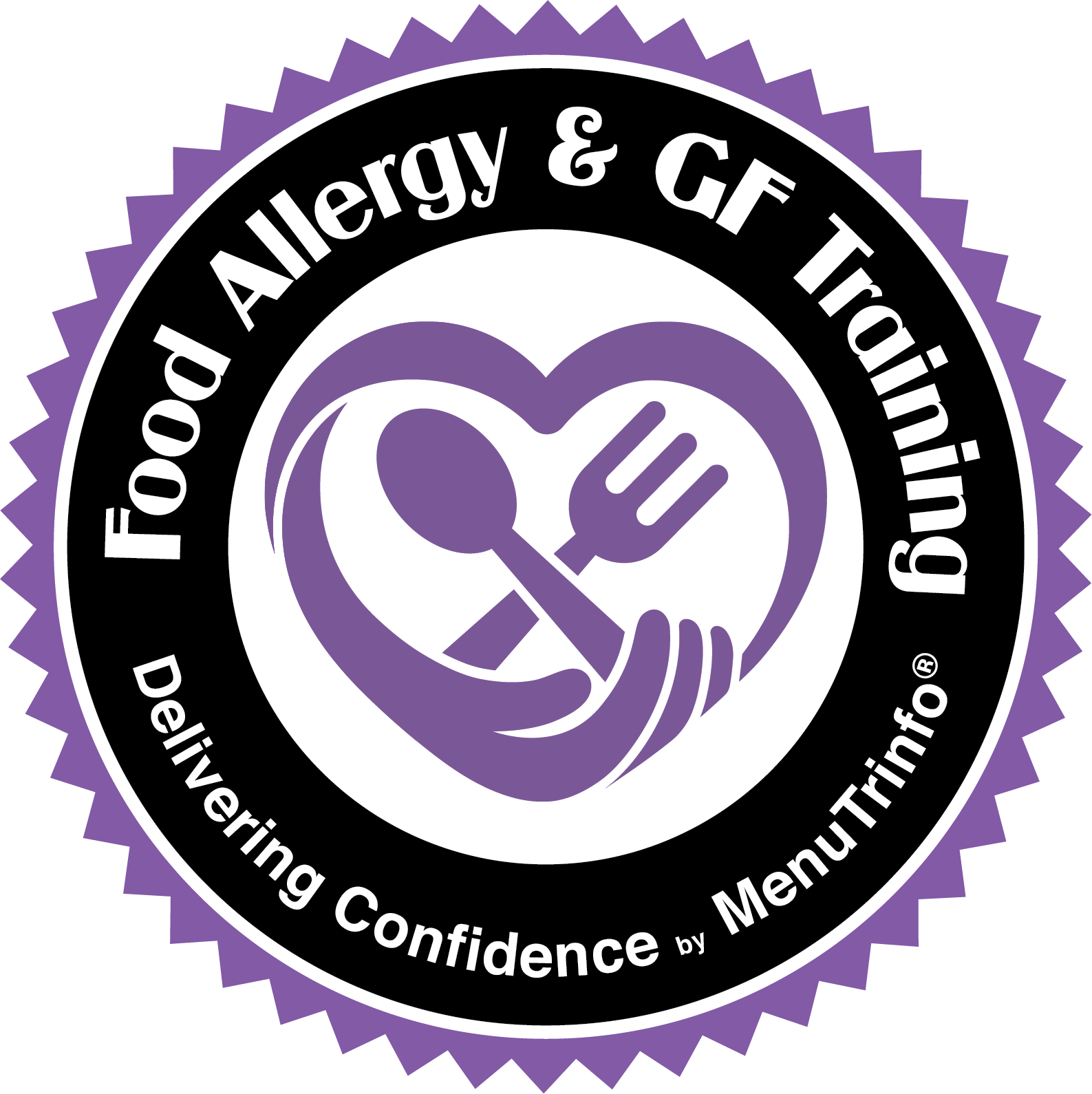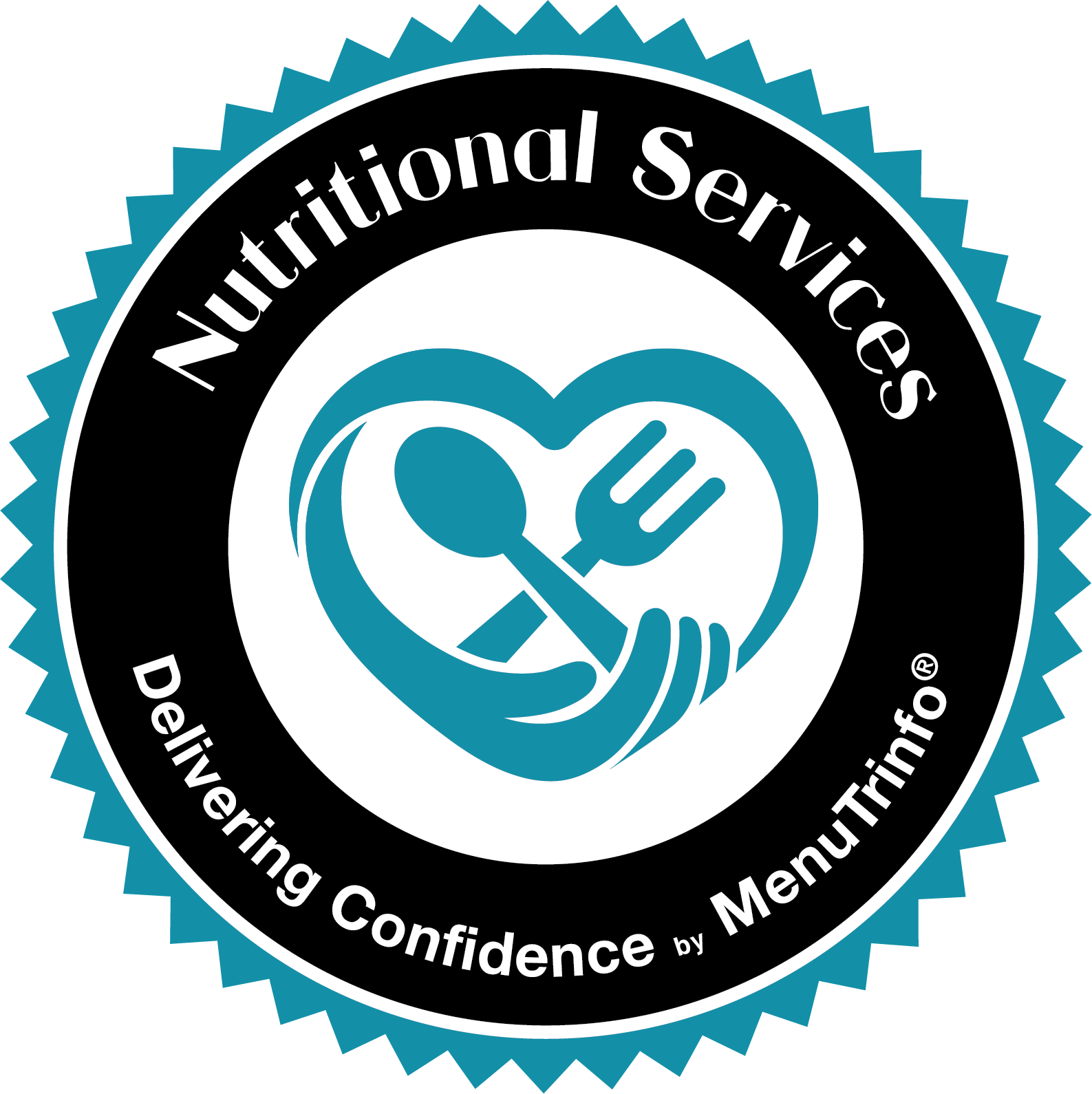The top 2015 dining trends have been released by the National Restaurant Association, and you might notice a big contender from 2014 missing from the top 10 list. Gluten-free cuisine boomed last year, coming in at number 5 on the most popular trends to watch. However, this year it has fallen to number 12. Gluten-free cuisine gained its popularity in part to more informed diners, specialized gluten-free meal plans (such as the Paleo diet), and anti-gluten books like Grain Brain and Wheat Belly. While some diners might be stepping away from gluten-free dining and embracing new trends in 2015, there is still a group of consumers who fully depend on gluten-free menus for a safe dining experience.
Those with Celiac disease (1% of the population) or who are gluten intolerant (approximately 6% of the population) must avoid gluten entirely to avoid any health complications. Even trace amounts of gluten could cause a reaction in these individuals and leave them incapacitated for days or even weeks. Celiac disease is an autoimmune disease that can only be controlled with a lifelong avoidance of gluten. Left untreated, Celiac disease can be debilitating to those who suffer from it and can cause severe nutrient deficiencies and even raise the risk of certain cancers (read more in Celiac Disease Untreated). Being gluten intolerant also necessitates a gluten-free diet for those with this condition, or the diner risks highly unpleasant gastrointestinal side effects.
While you might see the number of gluten-free requests decrease compared to last year, know that the ones you’re still receiving could determine how that diner feels for days to follow. It’s important to take every gluten-free diner seriously and take every necessary precaution to provide a safe dish. Knowing all potential sources of gluten in the kitchen is the first step to having a trustworthy gluten-free menu. Gluten is found in grains that are part of the family Triticeae which includes wheat, barley, rye and any hybrid varieties like triticale. While wheat is the most common source of gluten in the American diet, wheat-free cannot be thought of as synonymous with gluten-free as there can be several grains that can make a product unsafe for gluten-free diners. Any ingredient list that includes “malt” of any sort is very commonly going to be derived from barley, and barley can also be found as a processing and flavoring agent in rice syrups. Rye can be used in a variety of baked goods, and can even be used in alcohol production (rye whiskey, for example). Being able to recognize not only wheat but these other gluten-containing grains as well is crucial to safely handling gluten-free requests.
While dining trends will come and go, the medical necessity for a dependable gluten-free menu remains critical for a significant portion of the population. Keeping gluten-free options on your menu will make it possible for this group of diners to confidently choose your restaurant as their go-to destination. Safely offering dishes to all diners with special dietary requests is something that will always be trending, regardless of where it may land on any lists.



